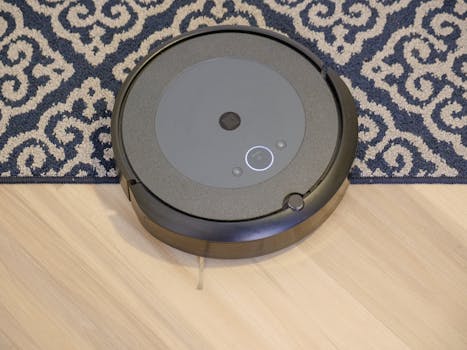
Smart Homes and Smart Living: The Technological Transformation of European Homes by 2025
Smart Homes and Smart Living are revolutionizing the way we live in European homes. The concept of smart homes has been around for several years, but recent advancements in technology have made it more accessible and affordable for homeowners. By 2025, it is estimated that over 50% of European homes will be equipped with smart home devices, transforming the way we live, work, and interact with our living spaces.
Introduction to Smart Homes
A smart home is a residence that has been equipped with advanced technology to make it more efficient, convenient, and sustainable. Smart homes use a combination of sensors, automated systems, and voice assistants to control various aspects of the home, such as lighting, temperature, security, and entertainment. The goal of a smart home is to create a comfortable, safe, and energy-efficient living environment that adapts to the needs of its occupants.
Technological Advancements in Smart Homes
Several technological advancements have contributed to the growth of smart homes in Europe. Some of the key technologies driving this trend include:
- Internet of Things (IoT): The IoT has enabled the connection of various devices and sensors in the home, allowing them to communicate with each other and with the outside world.
- Artificial Intelligence (AI): AI has enabled smart home devices to learn the habits and preferences of occupants, making it possible to automate various tasks and optimize energy consumption.
- 5G Networks: The rollout of 5G networks has provided faster and more reliable internet connectivity, enabling seamless communication between smart devices and the cloud.
- Voice Assistants: Voice assistants like Amazon Alexa and Google Assistant have made it easy for occupants to control smart devices using voice commands.
Benefits of Smart Homes
Smart homes offer numerous benefits to occupants, including:
- Energy Efficiency: Smart homes can optimize energy consumption by automatically turning off lights, appliances, and heating/cooling systems when not in use.
- Convenience: Smart homes can automate various tasks, such as lighting, temperature, and entertainment, making it easier to manage the home.
- Security: Smart homes can enhance security by providing real-time monitoring, alerts, and automated door locking systems.
- Comfort: Smart homes can create a comfortable living environment by adjusting temperature, lighting, and music to the occupant’s preferences.
Challenges and Limitations
Despite the benefits of smart homes, there are several challenges and limitations that need to be addressed. Some of the key challenges include:
- Privacy Concerns: Smart homes collect vast amounts of personal data, raising concerns about privacy and data security.
- Interoperability: Smart devices from different manufacturers may not be compatible, making it difficult to integrate them into a single system.
- Cost: Smart home devices and systems can be expensive, making them inaccessible to many homeowners.
- Complexity: Smart home systems can be complex to install and manage, requiring technical expertise.
Future of Smart Homes in Europe
By 2025, the smart home market in Europe is expected to grow significantly, driven by advances in technology and increasing demand for smart living. Some of the trends that will shape the future of smart homes in Europe include:
- Increased Adoption: More homeowners will adopt smart home devices and systems, driven by growing awareness of their benefits.
- Improved Interoperability: Manufacturers will focus on developing interoperable devices and systems, making it easier to integrate smart devices from different brands.
- Enhanced Security: Smart home devices and systems will become more secure, with a focus on protecting personal data and preventing cyber threats.
- Greater Energy Efficiency: Smart homes will become more energy-efficient, with a focus on optimizing energy consumption and reducing waste.






